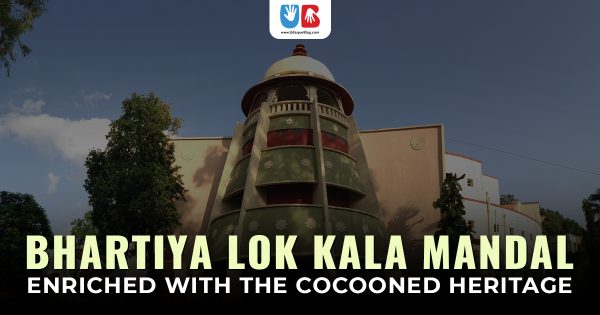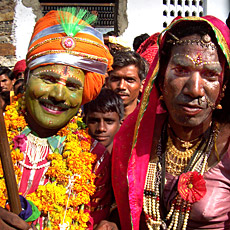Posted inPlaces to Visit
Bhartiya Lok Kala Mandal | Details, Timings and Charges
Bhartiya Lok Kala Mandal: A cultural institute dedicated towards preserving India's artistic legacy. This institute strives to raise cultural awareness among individuals, encourage persons interested in performing any Indian art…


